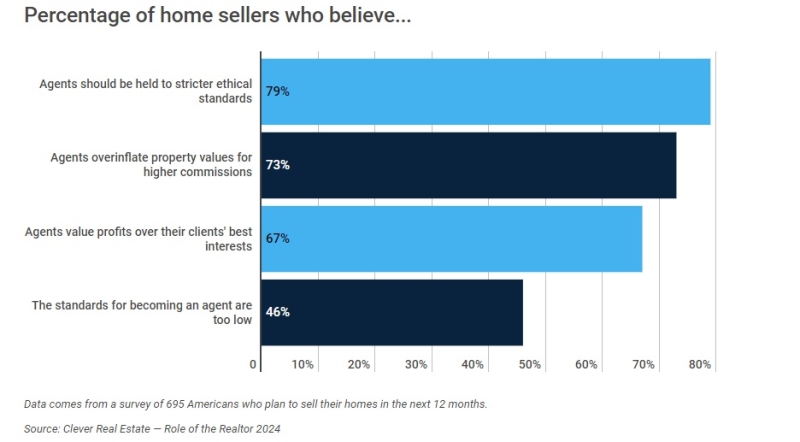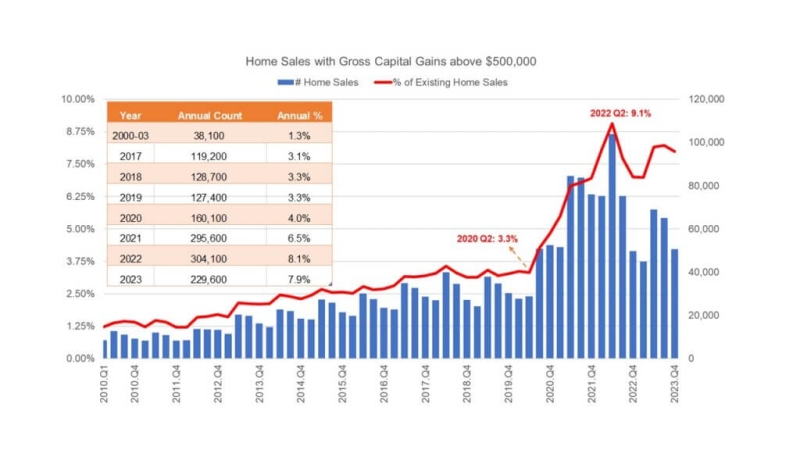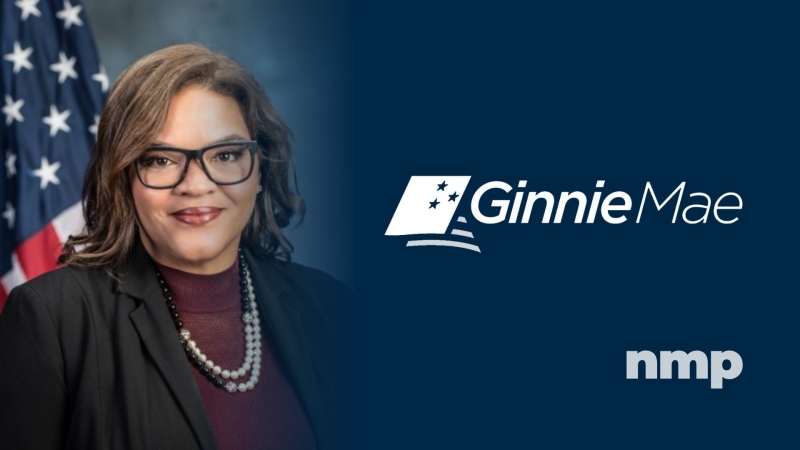Advertisement
Taming Mortgage Compliance: Technology is the Secret Weapon

It has been said that the mortgage industry is a constant battle of growth, cutbacks and change. Although these phases usually cycle through every few years or so, in the past 24 months we’ve had it all, and the foreseeable future promises more of the same. Record low rates, tightening margins, an economy that continues to limp along … and a sea of regulatory compliance changes.
Over the past 25 years, it has been common to have one new form of regulatory change every couple of years. The year 2009 blew that pace away with four new requirements that have substantially changed a lender’s responsibilities, and in 2010, three more will be in effect by year’s end. To add to the challenge, existing compliance responsibilities are being enforced more than ever by state and federal government, as well as secondary market investors. But at least the challenge of compliance management comes with a silver lining: With the proper planning, training, monitoring and tools, lenders can tame the mortgage compliance beast and achieve a greater level of efficiency through increased automation as well.
Planning starts with a good summary of all requirements and identifying the impact on each employee’s role. Training should be completed on a regular basis, include a review of all expectations, and identify the pain associated with non-compliance. Most of the new requirements apply to loan originators and that’s where the biggest impact can be made. Effective training should assume that originators need to cover all aspects of compliance and test/certify originators upon completion. Most importantly, there should be clearly identified procedures, simplified support systems, and a thorough monitoring of all requirements.
In 2009, mortgage compliance changes included the Mortgage Disclosure Improvement Act (MDIA), which identifies steps and specific time frames for disclosing and re-disclosing prior to loan consummation. The Home Valuation Code of Conduct (HVCC) set guidelines for the appraiser selection and appraisal ordering process. Higher-Priced Mortgage Loans (HPML) guidelines set a much lower threshold for loan terms that require a lender to issue additional disclosures prior to loan consummation. The Fair and Accurate Credit Transactions Act (FACTA) amendments known as the “Red Flag Rules” require lenders to implement specific procedures to detect, prevent and mitigate identity theft.
The year 2010 brought even bigger changes, including the newly-formatted Good Faith Estimate (GFE) and HUD-1A. On the surface, it appears simple. However, these new requirements hold the lender accountable for accurate lender and third-party service provider fee estimates. Compliance with the Secure and Fair Enforcement for Mortgage Licensing Act (SAFE Act) requires lenders, their originators, and in certain circumstances, their staff, to register with the National Mortgage Licensing System (NMLS). Additionally, the SAFE Act sets forth uniformity for originator accountability, training, and information sharing. Additionally, well thought out initiatives by the American Association of Residential Mortgage Regulators (AARMR) include establishing a standardized reporting method that allows state regulators and auditors being set to single out high-risk lenders and identify specific transactions for anti-predatory/high-cost legislation, Truth-in-Lending Act (TILA), Real Estate Settlement Procedures Act (RESPA), and state consumer law violations.
The liability associated with non-compliance can result in expensive fines, withdrawn U.S. Department of Housing & Urban Development (HUD)- or secondary market investor approvals, and borrower recourse or litigation expenses. The good news is that, even with today’s environment of rapid change, mortgage compliance can be properly managed. However, lenders must be prepared to allot the appropriate time and resources.
Technology is the secret weapon
Many retail lenders, including banks and credit unions, still use the loan origination systems popular from the early 1990s until the market crash several years ago. These ‘off-the-shelf’ products cannot provide the required level of automation to ensure compliance, and drain internal resources as companies attempt to make up for the shortcomings with inefficient (and inconsistent) manual stop-gap solutions. But lenders that examine the potential of a rules-based system accessed over the Internet quickly see that today’s technology is the secret weapon in managing compliance.
Today, enterprise technology systems are very affordable and can be implemented in less than 60 days to simplify employee compliance and management monitoring. Web-based systems give lenders of all sizes access to much more sophisticated solutions with greatly reduced administrative and IT support requirements. Integrated features and services that mortgage companies should consider include system-based workflow rules; automated compliance checks; and detailed, centralized management reporting.
Some loan systems today have the ability to productively manage workflow in a variety of ways. First, lenders should expect “hard stops” that ensure that originators and staff gather the right data and perform the correct activities at the appropriate times. Data checks should be integrated at all steps and be simple to use. They should prohibit issuing disclosures when key information is missing or not accurate and ensure that credit reporting interfaces and other electronic interfaces are only available when the appropriate information is gathered for government reporting. Other key workflow checks should include limiting the ability to close a loan when disclosures have not been completed correctly or in a timely manner. Most importantly, access control levels should identify the security rights and responsibilities of each employee to ensure data integrity and security is never compromised.
Integrated fraud and compliance checks
With today’s vendor solutions, mortgage lenders should consider real-time validations to identify fraudulent borrower activity and prohibit lender actions that are not in compliance with state, federal, and HUD or investor guidelines. These checks should be completed as part of the origination, processing and closing processes, and have the ability to catch non-compliance before it becomes a violation. This can include validating allowable fees, disclosure or re-disclosure for specific data or calculation tolerances, anti-predatory/high-cost monitoring, and Truth-in-Lending (TIL) audits. By integrating these checks within its workflow, a lender’s staff is required to complete pre-closing audits and ensures the appropriate corrective steps are completed prior to funding a loan that is not in compliance.
Summarized reporting is the final piece of the puzzle that ensures lender compliance. Real-time reporting identifies loans that require disclosures, and shows whether or not disclosures were prepared and if re-disclosure is now necessary. With the new MDIA requirements, lenders must be prepared to monitor APR changes and re-disclosure with a change of 1/8 percent even without a change to the loan program or fees. This can occur when mortgage insurance is adjusted or when even a moderate change of the ARM index takes place. Oftentimes, these may be events outside of an originator’s or processor’s control, and they are typically the ones responsible for issuing such disclosures. With proper reporting, both employees and management are notified of non-compliance issues so the appropriate steps can be taken to become compliant. Combined with other elements of an enterprise system, real-time reporting often triggers these remedying steps automatically, which underscores two main benefit of enterprise systems: Centralized control and workflow automation.
To simplify the implementation of these types of systems lenders can expect workflow requirements, compliance checks and reporting to be pre-configured and managed by their technology vendor. This saves countless hours of system administration and ensures the lender is implementing best business practices immediately.
Managing the new and existing compliance requirements may seem complex. However, mortgage companies that master this change have a significant competitive advantage. Most small- to mid-sized lenders still use origination software incapable of this level of automation, and most don’t address compliance in any comprehensive way.
With the proper planning, training, monitoring and tools, lenders can face the mortgage compliance challenges of today’s lending environment and effectively grow their market share, while providing borrowers with superior service and financing.
Lionel Urban is president and chief executive officer of PCLender.com Inc., an enterprise-class mortgage technology company that supports more than 250 banks, credit unions and mortgage companies. Urban is a 20-year industry and technology veteran. He has been responsible for loan production, operations, and secondary marketing, and has supervised lending department compliance at a variety of companies. For more information, call (877) 536-8686 or visit www.pclender.com.
About the author





